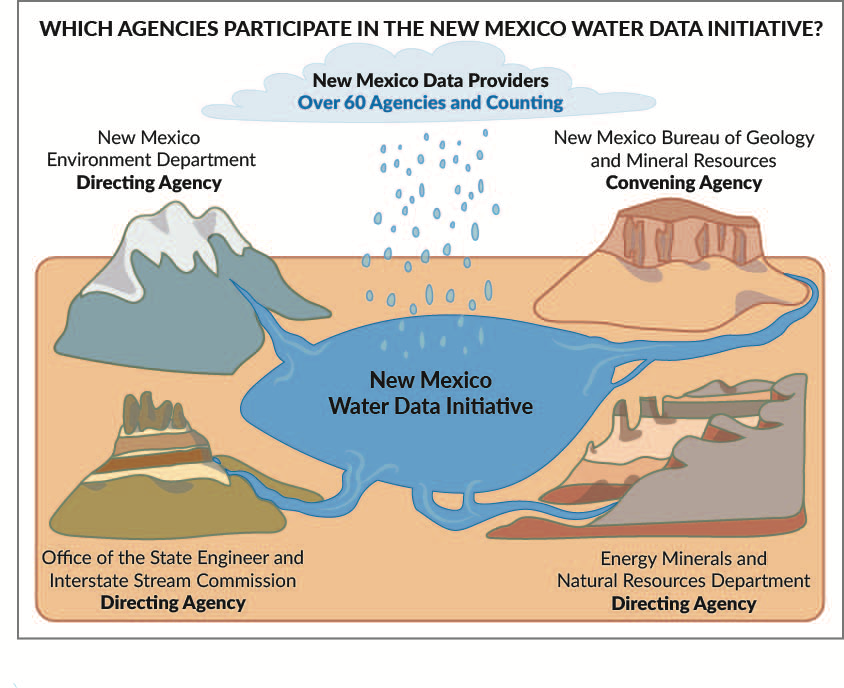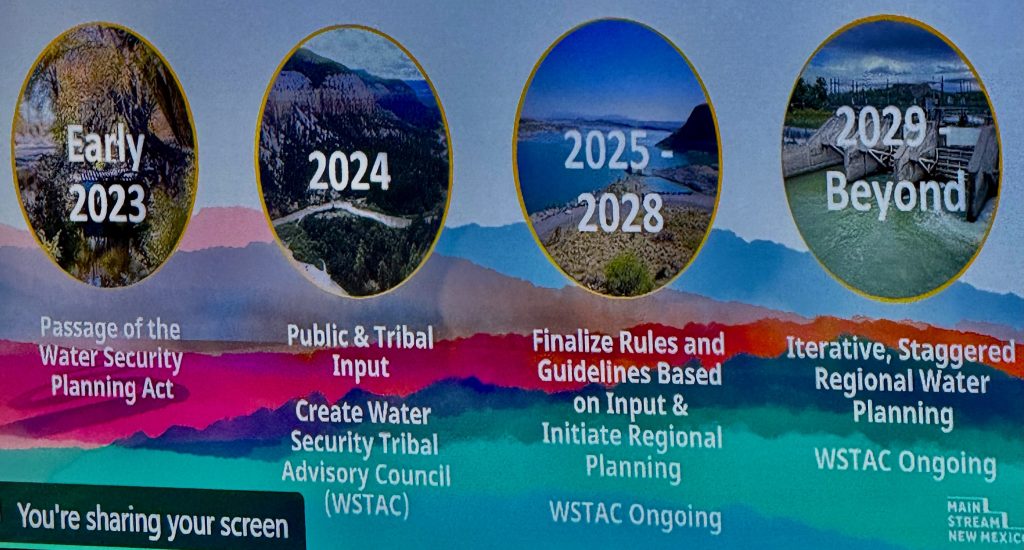Is Produced Water Treatment & Reuse Feasible?
Is Beneficial Reuse of Oil & Gas Produced Water Feasible?
Simple Question, Complicated Answer
Ongoing research is focused on exploring both the opportunities and concerns of using treated oil and gas produced water for beneficial purposes. Progress is being made to narrow critical knowledge gaps, but a critical and not easy to answer question is paramount. What is the feasibility of properly treating this complex and highly variable fluid for beneficial uses?
Feasibility means not only whether something can be done, but whether it can be done consistently in a way that protects human health and the environment (technical feasibility) and is financially sustainable (economic feasibility). If either fail, the result will be adverse impacts to human health and the environment. In cases of non-economic viability, treatment facility closures invariably create legacy environmental issues with no responsible party on the hook to address impacts. Treating produced water for beneficial reuse is difficult, expensive, and unvetted by in-field scaled pilot testing – it is important to take the time to get it right.
Advancements have been by the New Mexico and Texas consortia, other research groups, and industry-lead efforts to identify and address critical knowledge gaps to inform regulatory policy and leading management practices for beneficial reuse of treated produced water. But there is still work to be done.
Produced water is an industrial waste, a wastewater generated during the extraction of oil and gas from underground reservoirs. Water trapped with the oil and gas resource along with a portion of fluid (water and chemicals) that are added for well completion (fracking and periodic maintenance) exits the well along with oil and gas for the life of the well. In many cases, produced water contains elevated salinity levels (many times the level found in seawater) along with inorganics, organics, and radionuclides.
The vast majority of produced water is injected back into the ground either for enhanced oil recovery (using the injected fluid to extract more oil from the formation) or in disposal wells permitted for that purpose. Increasingly, produced water us being “recycled” – used for fracturing subsequent wells instead of using higher quality waters thereby lessening the stress on those resources. Current data indicates roughly 60% of generated produced water in New Mexico is being recycled – this rate of recycling can and should be increased. Maximizing produced water recycling is the “low hanging fruit” in lessening environmental impact of well completions and produced water management.

Corroded, abandoned produced water treatment plant. Fairmont Brine. Photo credit: Justin Nobel
Beneficial Reuse
Even with maximizing recycling, some produced water must be managed. Considering the water stressed areas where oil production exists, treating produced water for discharge, aquifer storage, irrigation, or industrial use is worth considering. According to the NMPWRC, New Mexico generates roughly 4 million barrels (160 million gallons) of produced water daily, mostly from the Permian Basin. Estimating volumes for enhanced oil recovery and recycling, and accounting for the typical desalination process recovering 50% as treated water (the other 50% encompassing a concentrated waste stream); approximately 35 million gallons per day (39,200 acre-feet per year) could be available for beneficial reuse.
Technical Feasibility
Technical challenges to treat produced water to a quality appropriate for beneficial reuse are numerous. They include:
- Produced water is a complex fluid that varies in levels of contaminants over time and across geographic location. It’s more than just the elevated salinity that poses challenges, numerous other potential contaminants of concern exist, many lacking analytical methods to detect them and/or toxicity information to determine concentrations that won’t damage human health and the environment.
- Produced water is a relatively new industrial waste being considered for beneficial use. There are only a few full-scale treatment plants across the US treating this fluid for beneficial reuse (none in the Permian Basin) and a number of these have ceased operation leaving legacy environmental issues.
Research has made advances in narrowing the knowledge gaps around contaminants of concern and toxicity data and these efforts are continuing. The NMPWRC website provides links to several peer reviewed research papers on these topics. What is lacking are pilot studies of sufficient duration to better evaluate treatment process capabilities and limitations. Treatment system pilot studies are being performed both within the NMPWRC effort, by industry-led research, and by other research partners, but data sharing even within the consortium technical committees is lacking.
There is an accepted protocol for minimum duration and parameters for a properly scaled pilot study. It is detailed in EPA document: Protocol for the Verification of Wastewater Treatment Technologies.”[1] To-date, no pilot studies meeting the minimum duration for non-biological treatment processes (90 days continuous operations with no more than 9 days downtime) that includes transparency of all data on operation effectiveness and cost has been publicly shared.
Economic Feasibility

Less progress has been made (or at least publicly shared) on the economics of robustly treating produced water. This can be partly attributed to the previous discussion on the lack of scaled pilot projects operated for sufficient duration to determine all-in cost for treatment. There are research articles that allude to cost but again, details of these cost estimates (including if they represent all-in costs) are lacking.
What are all-in costs? They include:
- Cost for collecting and transporting produced water from the point of generation to thepoint of treatment to the point of beneficial reuse.
- Cost of constructing the treatment facility (amortized over the life of the facility).
- Cost of operating the treatment facility including labor, operations and maintenance (including routine maintenance), and power. Power requirements are very large, raising questions about the power generating capacity needed to desalinate large amounts of high salinity Permian Basin produced water.
- Properly managing all generated waste streams.
Circling back to the critically important aspect of economic feasibility – power requirements. Again, not only power cost but the power generation capacity to operate treatment processes. Estimates of new power generation capacity of about 1 to 3 gigawatts will be required for large-scale implementation of robust produced water treatment. For reference, one gigawatt of power generation could supply 750,000 to 1.1 million homes.
Research is being conducted, and knowledge gaps are being narrowed. This includes investigating the potential to extract materials/minerals of value to offset the cost for treatment. But again, this is only research. Scaled pilot projects demonstrating capabilities, limitations, and all-in costs are lacking.
Importance of Economic Feasibility
If the economic viability of a treatment plant is not sustainable, inevitably the treatment plant will be forced to shut down. A number of examples in the produced water treatment sphere demonstrate the harm of closed and legacy environmental issues left behind. It is critical to learn from these instances, ensuring these dangerous, abandoned failures are not repeated in New Mexico.
- Fairmont Brine Processing in West Virginia was permitted to treat produced water. Numerous significant legacy environmental issues exist at the closed facility including TENORM and Resource Conservation and Recovery Act (RCRA) wastes. Per recent EPA documentation (Aug 2025), 46,200 gallons of RCRA mixed liquids and 62,747 gallons of TENORM liquids have been removed from the site.[2], [3]
- Eureka Resources operated three produced water treatment facilities in Pennsylvania, one being the Standing Stone facility permitted to discharge into the Susquehanna River. The Standing Stone facility is now closed due to an apparent downturn in produced water sent for treatment. The Pennsylvania Department of Environmental Protection inspected the Standing Stone facility and identified numerous environmental issues including unresolved wastewater leaks, tanks holding water without functional containment, and “state Solid Waste Management Act violations that remain open for waste on the ground and other violations of the permit.” Eureka plans to close or sell its two remaining oil and gas wastewater treatment plants, both located in Williamsport.[4],[5]
- Antero’s Clearwater facility in Doddridge County, West Virginia, claimed that it would turn produced water into fresh water and food-grade salts. The facility idled less than two years after beginning operations in 2017, citing a lack of cost effectiveness. Concerns over legacy environmental issues persist including radioactive and toxic waste.[6]
- Austin Master Services in Martins Ferry, Ohio was permitted in 2014 to treat oil and gas wastewater. After concerns over illegally stockpiling wastewater and other oil and gas waste, leading to soil and water contamination, the Ohio Department of Natural Resources ordered that the facility shut down in 2022. Austin Master failed to comply with court orders and taxpayer dollars eventually were required to cover the cost for cleanup.[7]
Path Forward
There are good research efforts developing scientifically defensible data to move the needle in filling critical data gaps to inform potential treated produced water beneficial reuse policy and practices. Efforts of the New Mexico and Texas consortia needs to be supported and work by other research efforts acknowledged. But it is a process and there is still work to be done with transparency of data collection and evaluation to protect against trying to solve one issue only ends up creating others, potentially more difficult to address.
[1] PROTOCOL FOR THE VERIFICATION OF WASTEWATER TREATMENT TECHNOLOGIES | US EPA ARCHIVE DOCUMENT
[2] In West Virginia, Plan to Clean up Radioactive Fracking Waste Ends in Monster Lawsuit – DeSmog
[3] Site Profile – Fairmont Brine Site – EPA OSC Response
[4] Hess, D. (2024, August 23). Eureka Resources shuts down standing stone oil & gas wastewater treatment facility; DEP wastewater, waste violations continue from Feb. 2023. PA Environmental Digest Blog.
[5] PA Environment Digest Blog: Eureka Resources Shuts Down Standing Stone Oil & Gas Wastewater Treatment Facility; DEP Wastewater, Waste Violations Continue From Feb. 2023
[6] Justin Nobel, In West Virginia, Plan to Clean Up Radioactive Fracking Waste Ends in Monster Lawsuit, DeSmog (Sep. 19, 2023), https://www.desmog.com/2023/09/19/radioactive-fracking-waste-west-virginia-veolia-antero-clearwater/.
[7] Liz Partsch, ODNR to Clean Up Brine Waste at Austin master Services Facility, Farm and Dairy (Aug. 1, 2024), https://www.farmanddairy.com/news/odnr-to-clean-up-brine-waste-at-austin-master-services-facility/834871.html,



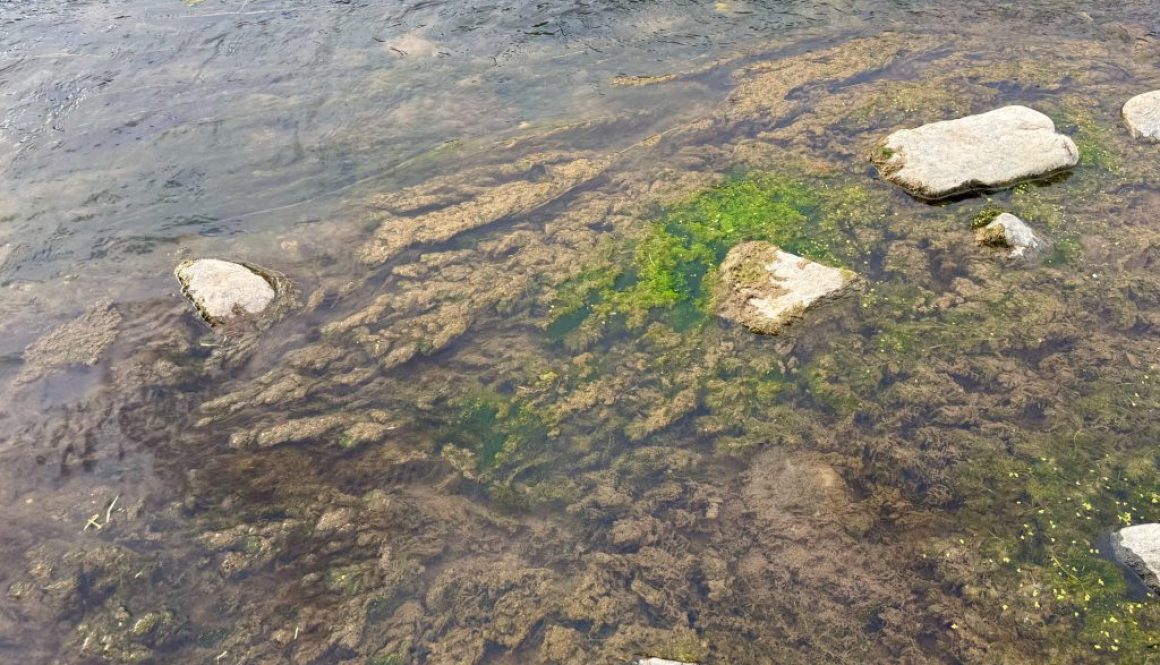
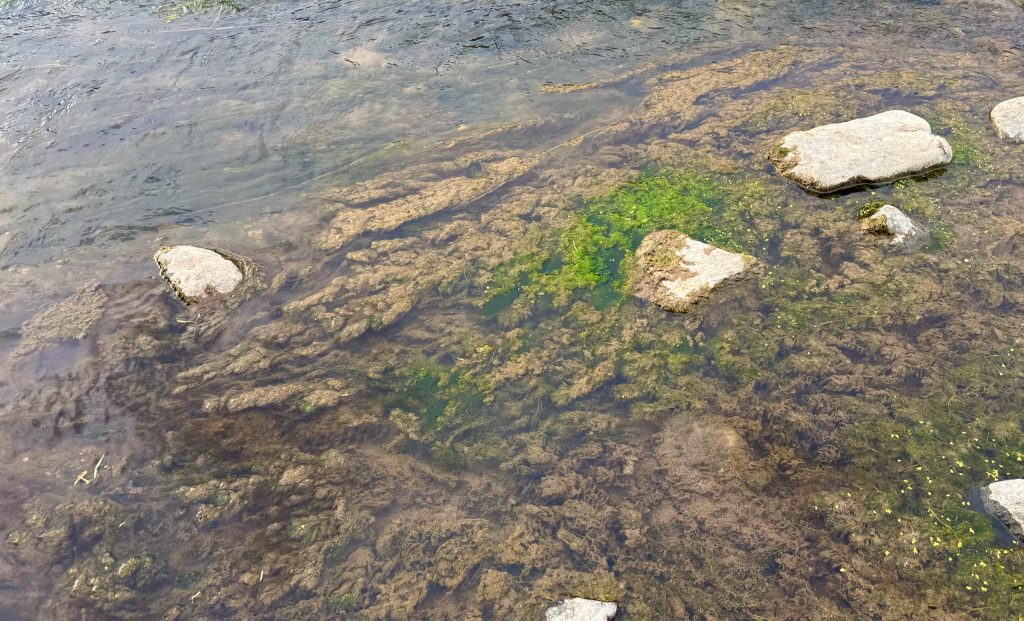
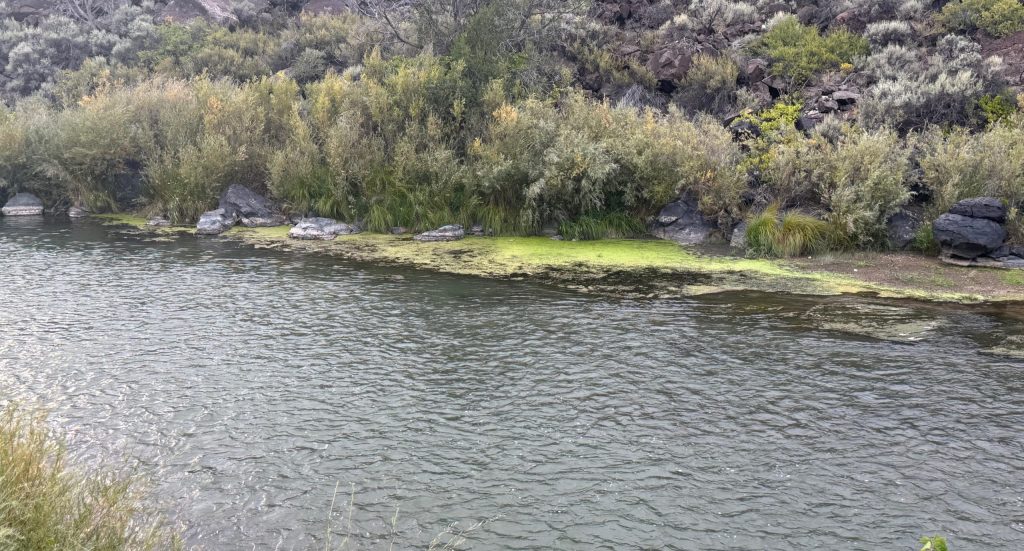
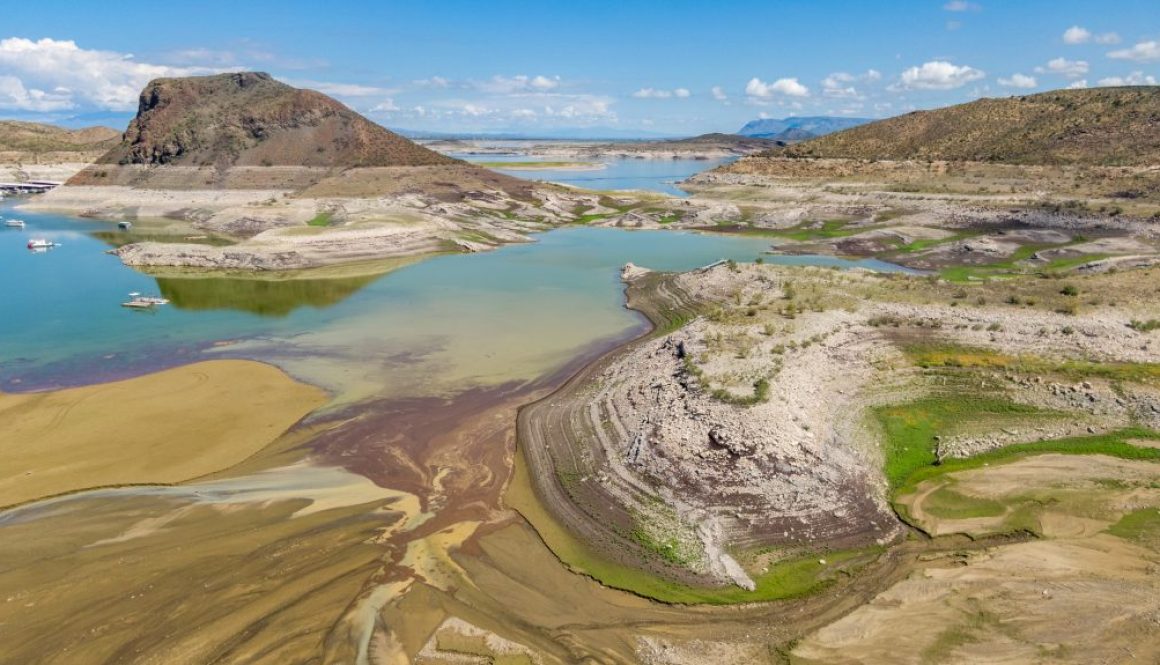
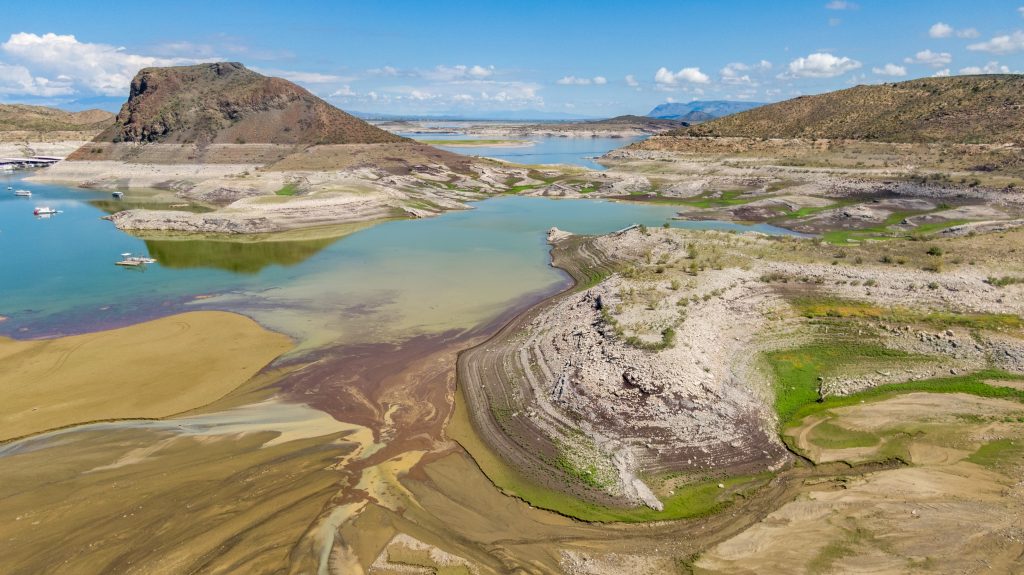


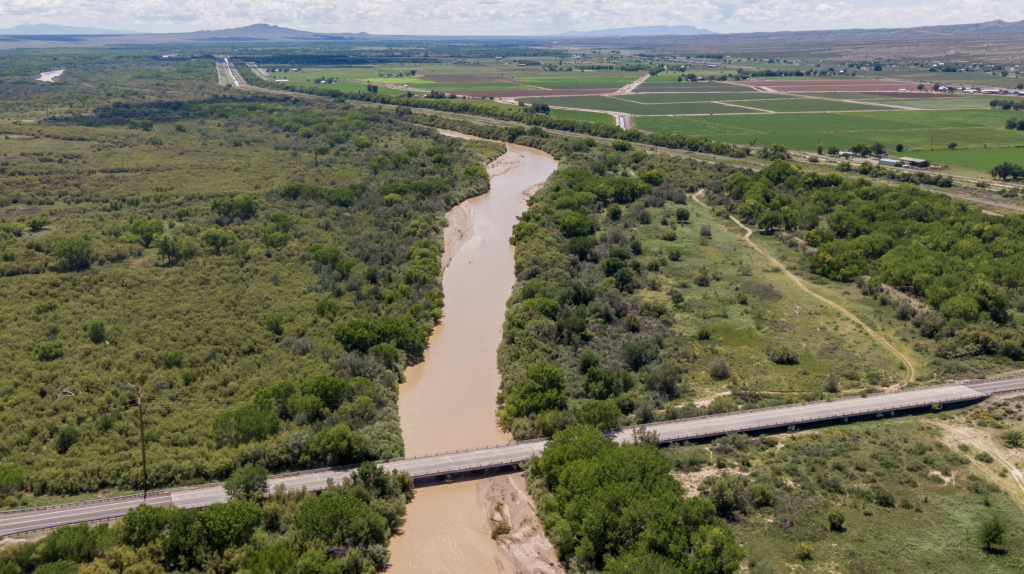


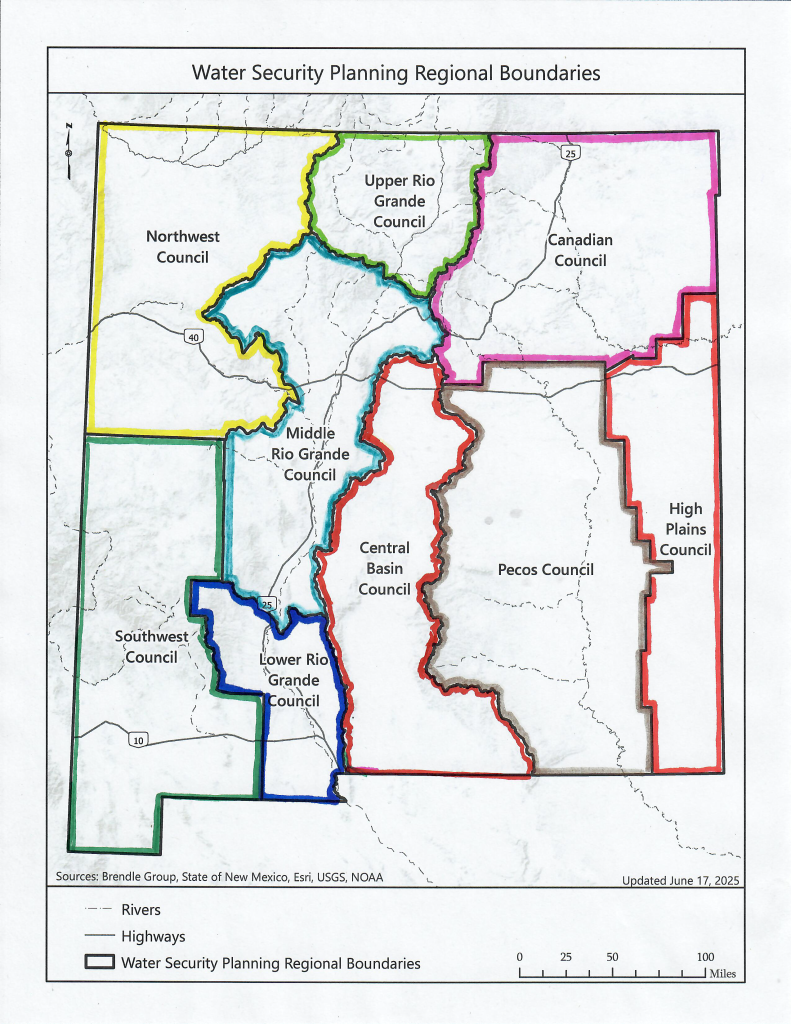 Centralized Control Where Regional Responsibility Is Required
Centralized Control Where Regional Responsibility Is Required